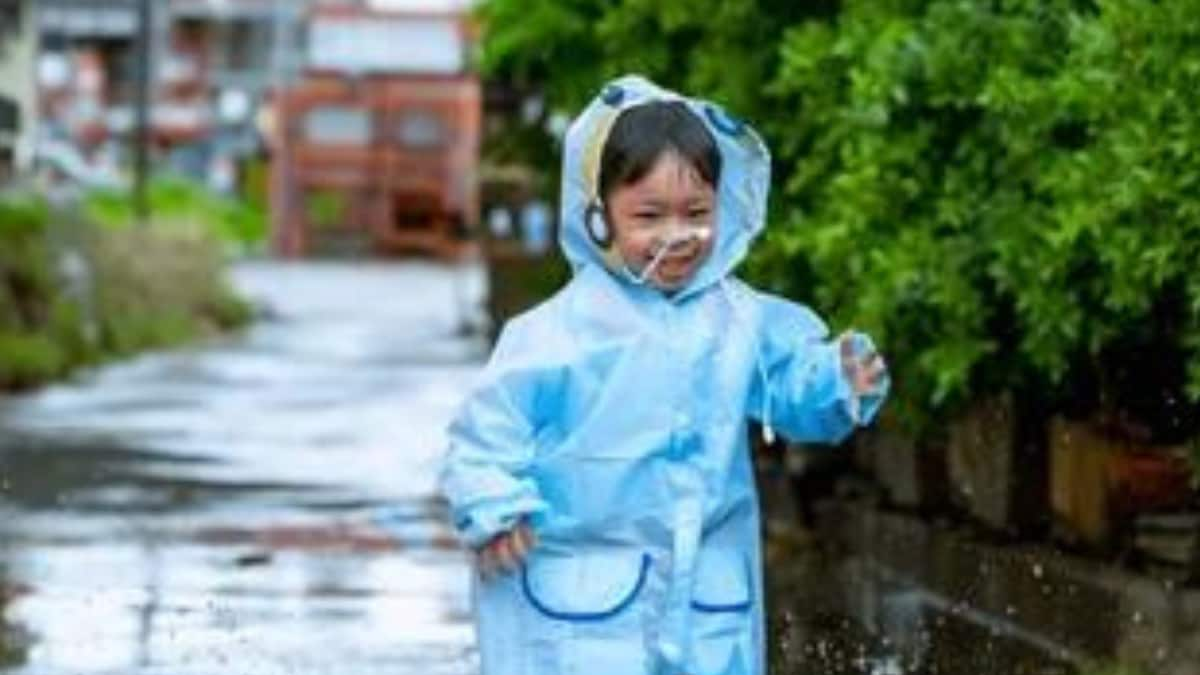Common Skin Issues In Kids During The Monsoon Months And Remedies For The Same – News18

Encourage your child not to share towels, clothes, or other personal items that may contribute to the spread of infections. (Representative Image: Shutterstock)
Dr. Priyanka Reddy – MBBS, MD, DVL, Founder of DNA Skin Clinic and Wellness Centre talks in details about the skin problems that kids face during monsoon and what all can be done to salvage them
During the monsoon season, children may experience various skin issues due to the increased humidity and moisture in the environment.
Some common skin issues in children during monsoons include:
- Fungal infections:
The warm and humid conditions during the monsoon create an ideal environment for fungal infections like ringworm, athlete’s foot, and diaper rashes. - Prickly heat:
Also known as heat rash or miliaria, prickly heat occurs when sweat ducts become blocked, leading to small, itchy red or skin-coloured bumps on the skin. This condition is common in areas where sweat accumulates, such as the neck, armpits, groin and face. - Eczema flare-ups:
Children with eczema may experience flare-ups during the monsoon season due to increased humidity. It can lead to secondary bacterial infections in severe cases. - Allergic reactions:
The monsoon season can bring about an increase in allergens like mould, dust mites, and pollen. Children with allergies may experience allergic reactions such as hives, itching, or rashes on the skin. - Bacterial infections:
Skin infections caused by bacteria can also be common during the monsoons. Impetigo, for example, is a contagious bacterial infection that causes red sores or blisters, often around the mouth and nose. - Scabies:
A highly contagious skin condition can also be contracted commonly during monsoons
Preventing and managing these skin issues during the monsoons can be done by following these measures:
- Keep the skin clean and dry:
Regularly bathe your child and ensure they are thoroughly dried, especially in areas prone to sweating. - Use mild, pH-balanced cleansers:
Avoid harsh soaps and opt for gentle, hypoallergenic cleansers to prevent excessive drying or irritation of the skin. - Dress your child in loose, breathable clothing:
Choose lightweight fabrics like cotton that allow the skin to breathe and help prevent sweat accumulation. - Keep the environment dry:
Use dehumidifiers or air conditioners to maintain a dry environment indoors, which helps prevent fungal growth. - Avoid sharing personal items:
Encourage your child not to share towels, clothes, or other personal items that may contribute to the spread of infections. - Use antifungal powders:
Applying antifungal powders, especially in areas prone to fungal infections, can help keep the skin dry and prevent the growth of fungi. - Consult a paediatrician or dermatologist:
If your child develops any persistent or severe skin issues during the monsoon season, it’s important to seek medical advice for an accurate diagnosis and appropriate treatment.
Remember that prevention is key, so maintaining good hygiene practices and taking necessary precautions can go a long way in protecting your child’s skin during the monsoon season.
For all the latest lifestyle News Click Here


